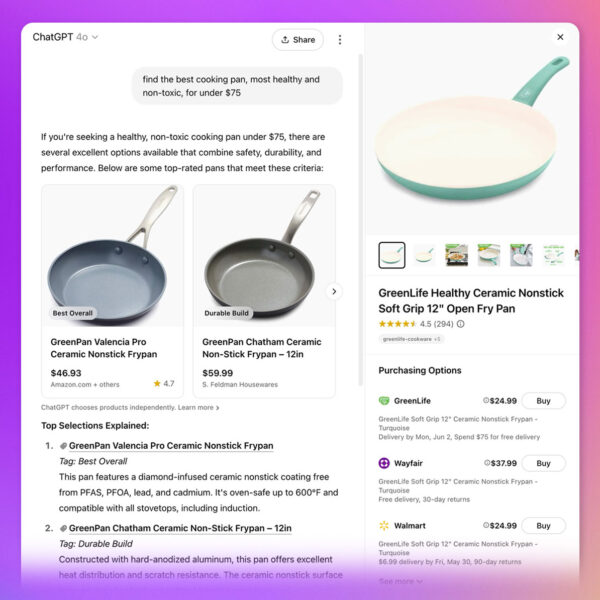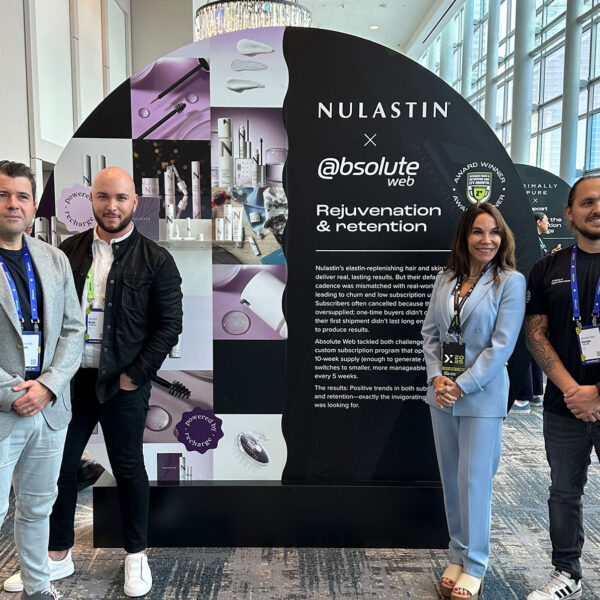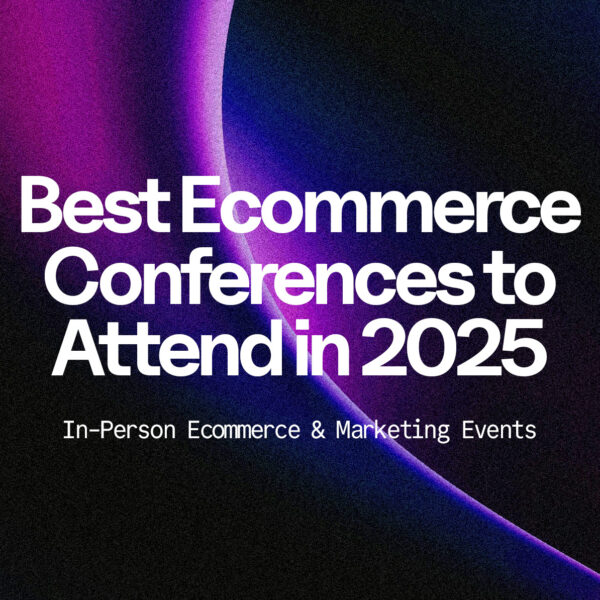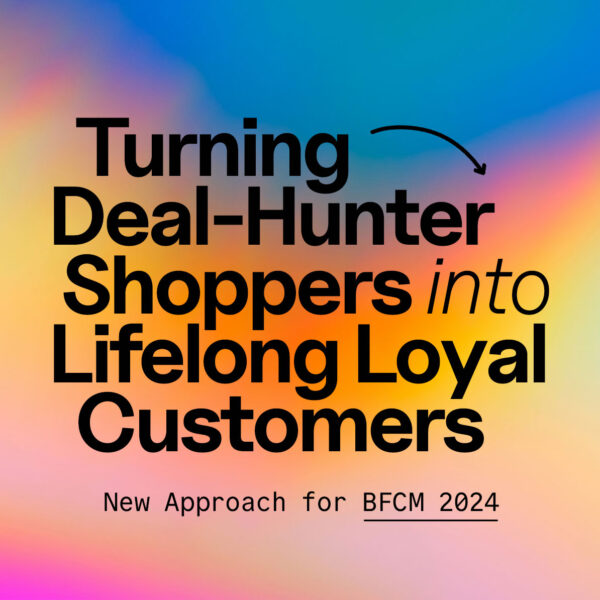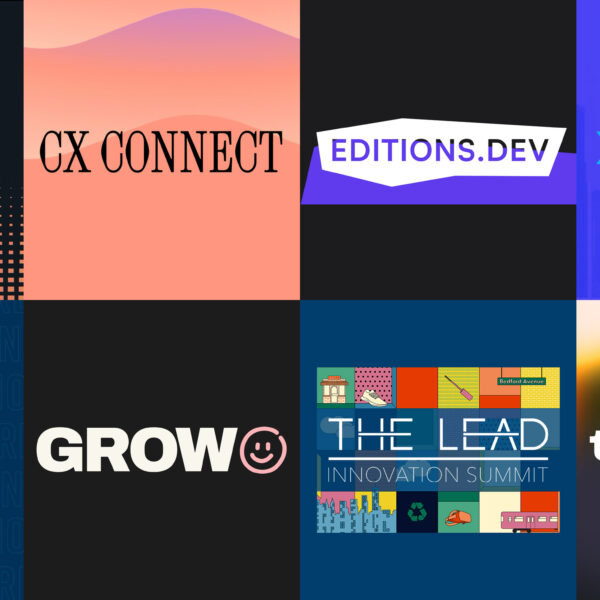
3 Ways to Personalize the Customer Experience
In today’s ecommerce landscape where competition is fierce, standing out among a vast sea of brands is a complex endeavor. However, one strategy that has proven itself effective in setting brands apart is personalizing the customer experience. By tailoring interactions and offerings to customers based on their preferences and behaviors, brands can establish a deeper connection with their audience, leading to enhanced satisfaction and loyalty.
Let’s explore three strategic approaches that you can implement to enhance the customer experience, build loyalty, and stand out from the competition. By combining technology and data-driven insights, these strategies will not only create a more personalized experience, but will help set the trajectory for steady and continued growth.
1. Create Personal Shopping Experiences with Quizzes
The digital shopping landscape can be overwhelming, even for the seasoned shopper. With countless products and categories to choose from, the quest for that ‘perfect fit’ can be daunting. Enter the benefit of product recommendation quizzes.
According to Okendo’s research on loyalty and retention, 58% of consumers say offering a quiz to get to know their individual needs better is a way for brands to exceed their expectations.
Quizzes invite shoppers to share information about themselves through a series of interactive questions. Shoppers are then automatically matched with products that best align with their profiles. Data collected from quiz responses are stored on customer profiles in Okendo where it can then be used to power more personalized engagements.
With a powerful quiz builder like Okendo, you have flexible options for configurations. For example, you can show different questions to different customers based on how a customer answers previous questions. Let’s say you ask a customer what their favorite activity is and the customer selects running, you can then ask the customer what kind of running they do, such as long-distance or short sprints.
When customers interact with quizzes, they’re taken on a personalized shopping journey. Through an order of interactive questions to collect customers’ preferences, requirements, behaviors, and demographics, they’re led toward products that resonate with their unique requirements.

As another example, a skincare brand could use quizzes to decipher a customer’s skin type and challenges and then match them with suitable products. So if a customer selects “dry skin,” within the quiz process, then the brand can match them with products specific to helping with dry skin. This personal shopping experience creates stronger connections with customers and helps them make faster purchasing decisions, leading to an increase in conversions and sales.
2. Create a Customer Feedback Loop with Zero-Party Data
True brand growth stems from an unwavering commitment to improvement—a promise to iterate, refine, and evolve. Establishing a dynamic customer feedback loop, powered by collecting zero-party data using reviews, surveys, and quizzes, is the cornerstone of this commitment. You can then use this data to personalize your marketing campaigns.

Imagine an activewear brand that collects feedback about the comfort and performance of its latest yoga pants, while also collecting data about its customers, such as what activities they enjoy doing the most. By gathering data directly from customers, the brand can not only refine its product, but also curate marketing messages that resonate deeply. For example, if a customer enjoys yoga classes, the brand can send content related to yoga to specific customers. This loop, fueled by zero-party data, ensures that customers feel heard and valued.
More importantly, when brands act on this feedback, it signifies their dedication to customer satisfaction, increasing a customer’s loyalty and lifetime value.
Zero-party data can also be used to personalize the experience for customers who haven’t purchased one of your products yet. When customers come to your website, they see detailed reviews with customer attributes written by other customers. This helps prospective customers find the right products based on customers like them and connect with your brand community. Customer attributes are the data points about a customer, like demographics such as gender or age, or customer traits like skin type.
3. Personalizing Touchpoints, Including Review Request Timing
Every touchpoint in a customer’s journey is significant. From initial discovery to post-purchase, each interaction matters. A critical aspect of this journey is the way a brand asks for customer reviews. Reviews are a powerful way to showcase social proof. Generating reviews requires an effective strategy in which timing is everything.

Vegamour, a brand committed to holistic hair wellness, recognized the essence of garnering customer reviews at the precise moment of customer engagement to help build stronger relationships.
The team sends highly targeted and personalized email campaigns for review requests. For instance, understanding that their gray hair products took three months to show results, Vegamour sets specific triggers with customer marketing platform Okendo, sending out review requests post the three-month usage mark. This strategic timing, tailored to individual product efficacy, ensures that customers have adequate experience with the products before being requested for reviews.
Furthermore, personalization plays a pivotal role in building loyalty and customer retention. By catering to individual needs and preferences, brands can foster stronger connections and trust with their customers. In an era where choices are abundant and DTC competition is fierce, a personalized approach can mean the difference between a loyal customer and one who churns. Offering tailored experiences not only enhances the overall customer journey but also reinforces the value and care a brand provides, significantly reducing the chances of churn while improving loyalty and retention.
In the rapidly shifting world of ecommerce, personalization isn’t merely a luxury—it’s an imperative. Whether through a quiz that provides product recommendations, feedback that drives product and customer experience innovation, or timely review requests, the goal is the same: to place the customer at the heart of every experience.
These personal experiences help create Superfans, customers who are highly engaged with your brand, have a high lifetime value, almost always have a level of social reach and influence, and are willing to collaborate with your brand on activities that help bring in new customers. Superfans help you reduce customer acquisition costs while increasing lifetime value. This means Superfans help brands grow faster and more efficiently.
More Articles
Beyond Google: SEO for ChatGPT, Gemini, and ...
Search engine optimization is no longer just about ranking #1…
Read more
Shopify Summer 2025 Editions: 10 Game-Changing Updates ...
Shopify’s Summer 2025 Edition, aptly named Horizons introduces over 150…
Read more
From Churn to Loyalty: How Nulastin’s Smarter ...
Nulastin’s elastin-replenishing hair and skin products are more than just…
Read more
Lash Wars: Sahara Lotti’s Epic Battle to ...
In the dynamic world of beauty entrepreneurship, innovation often intersects…
Read more
Best Ecommerce Conferences and Marketing Events to ...
The ecommerce industry continues to thrive, with innovation and competition…
Read more
Shopify Winter Edition 2025: Revolutionizing Ecommerce with ...
Shopify has raised the bar yet again with its Winter…
Read more
New Approach for BFCM 2024: Turning Deal-Hunter ...
The Black Friday and Cyber Monday (BFCM) season has long…
Read more
A Recap of Recent Ecommerce Events and ...
The past few months have been busy for the Absolute…
Read more
Social Feed

